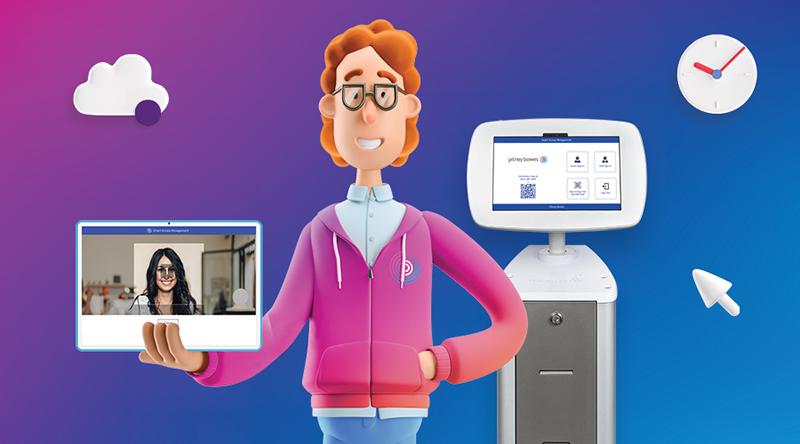Organisations that experience high volumes of foot traffic have been under the microscope in recent years, especially as contact tracing efforts influenced a need to track the movement of people across sites. While the immediate need to trace people has subsided, the demand for visitor and contractor management remains, especially in industries like manufacturing.
The potential for unauthorised people accessing manufacturing plants poses significant risk to operations for numerous reasons. Not only could an unauthorised person create havoc for quality management; they could also present safety and security risks. Additionally, they could put themselves at risk being near heavy machinery.
As such, digital staff, visitor, and contractor management solutions have become crucial for manufacturing organisations. One of the biggest benefits of these solutions is their capability to create digital records for every visitor. This is essential for compliance and risk management across manufacturing as it ensures relevant personnel can see at a glance, who is across their sites and when. With the support of companion mobile apps, dashboard and emergency reporting, and SMS and email notifications to improve site communication with staff, access management software goes beyond digital audit trails to improve compliance and risk management.
The latest cloud-based workplace management solutions can be set up to manage access restrictions, provide essential data privacy, and let manufacturers manage multiple sites from a single centralised portal. They can also be secured with single sign-on (SSO) processes, which help manufacturers better protect visitor and contractor data. They are automatically updated to ensure improved security and compliance with the latest organisation, industry, and/or government regulations.
Beyond providing an added layer of security to sites, modern access management solutions can be configured to capture and deliver essential information on sign-in—such as policies, workplace health and safety procedures, and critical messages—to ensure every visitor receives the information they need in the event of an emergency. Additionally, they can also be used to capture and record information about visitors, contractors, or casual employees to ensure they have the necessary documentation to be onsite.
Digital access management solutions make the sign-in/sign-out process as simple as possible for manufacturing organisations. Not only can visitors pre-register for an accelerated sign-in process; however, the latest solutions incorporate features such as facial recognition, visitor photos, and custom badge printing for a smooth and contactless sign-in experience. This lets manufacturers eliminate paper-based processes and replace them with automated solutions.
Additionally, modern digital access management systems often come in tablet, kiosk, or countertop devices, ensuring there’s a solution to suit every application on every necessary entry point. This flexibility lets manufacturers pivot administrative staff away from reception duties so they can leverage these essential resources elsewhere for enhanced productivity without sacrificing on security or compliance.
Modern workplace access solutions with the latest features empower manufacturers to eliminate time-consuming tasks from their team members, reducing the administrative burden on staff, ensuring compliance and improving productivity without sacrificing on safety or security. Ultimately, this helps manufacturers continue to optimise their operations.
Venkat Rao, vice president and country head — ANZ, India & ASEAN, Pitney Bowes






